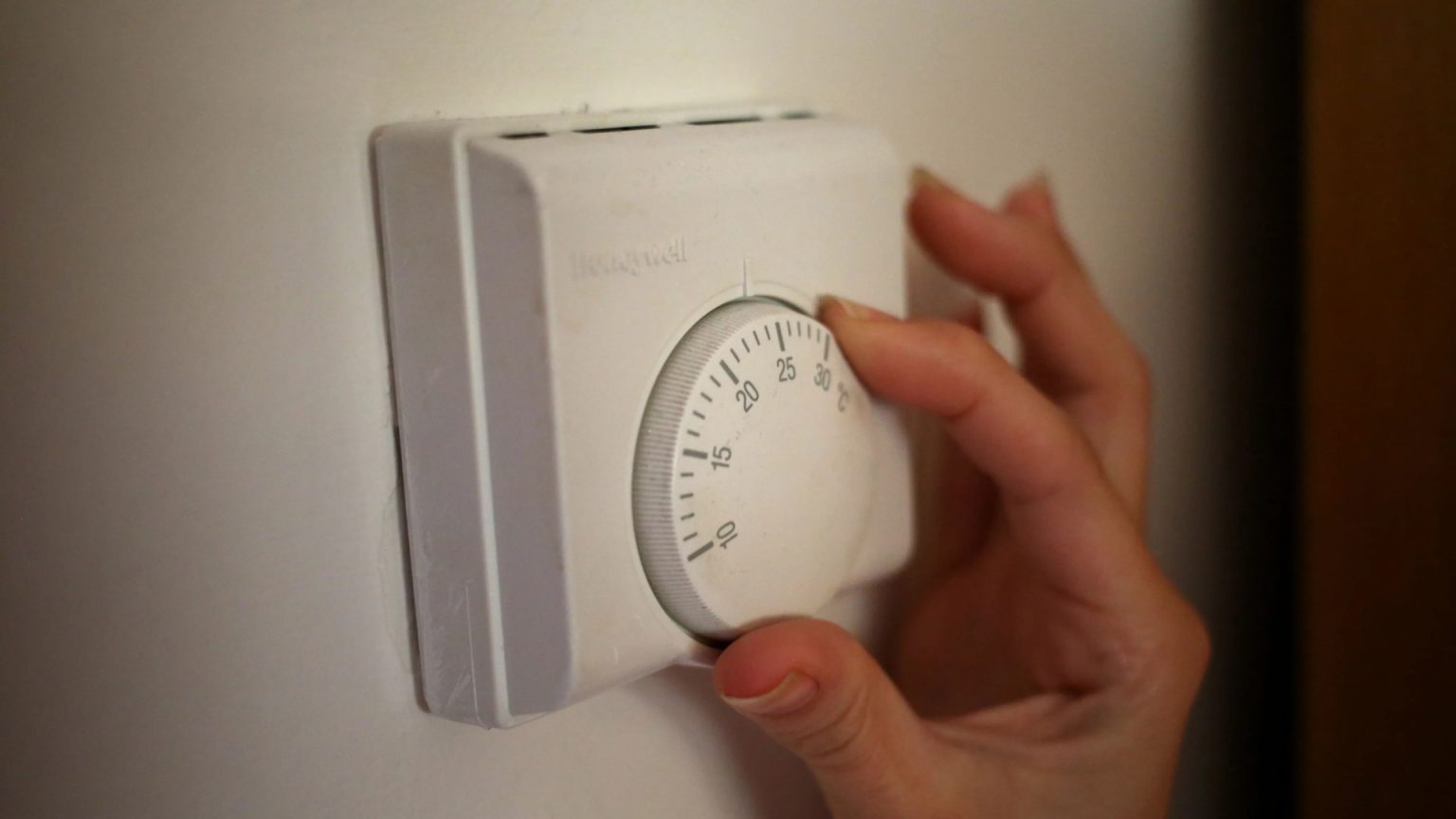The recent cold snap has triggered concerns about rising energy costs, particularly the expense of running central heating overnight. Leaving radiators on continuously can significantly inflate energy bills, with the actual cost dependent on factors like boiler type, house size, and energy tariff. For a typical three-bedroom house with a 24kW boiler, running the heating for eight hours overnight could cost around £12, accumulating to £84 per week and potentially hundreds of pounds over the winter months. This calculation is based on the average gas price but can vary with thermostat settings and specific energy tariffs. Consumers on Economy 7 or 10 tariffs, for instance, benefit from lower nighttime rates but pay more during the day.
While continuous heating offers consistent warmth, it’s crucial to explore cost-effective alternatives. Instead of all-night heating, consider setting the timer for a few hours in the evening and an hour before waking up. Layering clothing, using thick duvets, and employing electric blankets (costing approximately 2.4p per hour) are economical ways to retain heat. An electric blanket used for half an hour before sleep adds just over a penny to your energy bill. These strategies can significantly reduce heating reliance and minimize expenses.
Addressing financial challenges related to energy bills requires proactive measures. If debt accrues, contacting your supplier is the first step. They may offer repayment plans to avoid prepayment meter installations. Negotiating a manageable repayment schedule is crucial. Furthermore, several energy companies offer grants and assistance programs to customers struggling with bills. Eligibility criteria vary, so contacting your supplier is essential. British Gas, for example, provides grants of up to £2,000, and other suppliers like EDF, E.ON, Octopus Energy, and Scottish Power offer similar support.
Beyond supplier-specific programs, the Priority Services Register (PSR) offers vital support to vulnerable households, including the elderly and ill. Benefits include advance blackout warnings, free gas safety checks, and additional support during financial hardship. Contacting your energy provider clarifies eligibility and application procedures. Simple measures like using hot water bottles, strategically heating only occupied rooms, and implementing preventative measures like draught-proofing and window sealing can further reduce heating costs. Draught excluders are inexpensive, and even a rolled-up blanket can effectively block draughts.
Improving insulation, particularly in the loft, is another key strategy for minimizing heat loss and lowering energy bills. Insulation materials are readily available at builders’ merchants and retailers like B&Q and Wickes. Adjusting the boiler’s flow temperature can save around £180 annually. Other cost-saving measures include turning off immersion heaters, installing smart meters, and addressing any boiler malfunctions that might contribute to higher bills. By taking proactive steps and exploring available resources, consumers can effectively manage their energy consumption and expenses.
Calculating your energy bill involves understanding your unit rate for gas and electricity (expressed in p/kWh) and the daily standing charge. These details are usually found on your bill. Retrieve your annual energy usage from a previous bill. Calculate the gas and electricity costs separately by multiplying the usage in kWh by the unit rate. Then, multiply each standing charge by 365 and add it to the usage costs to get the annual cost. Dividing this figure by 12 provides an estimate of your monthly energy expenditure. By understanding these calculations and utilizing the available resources, consumers can effectively navigate the challenges of rising energy costs.


